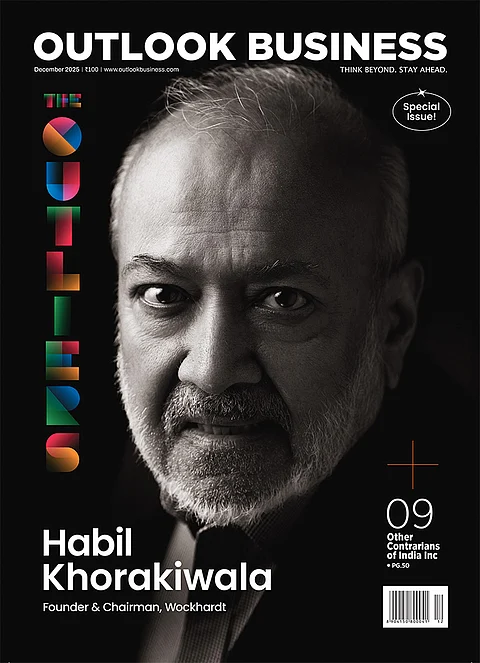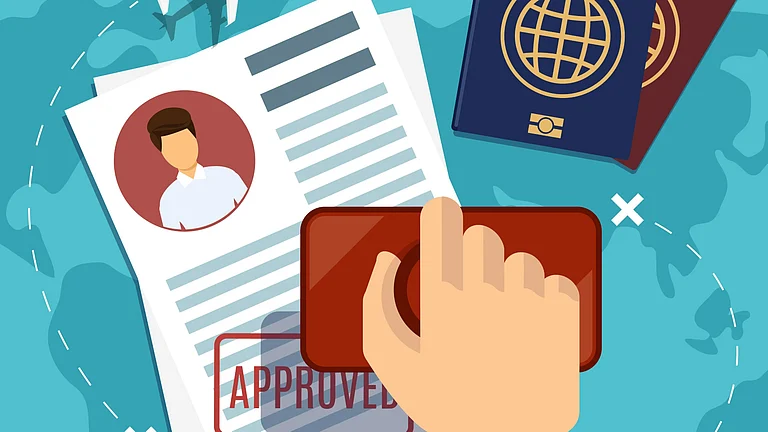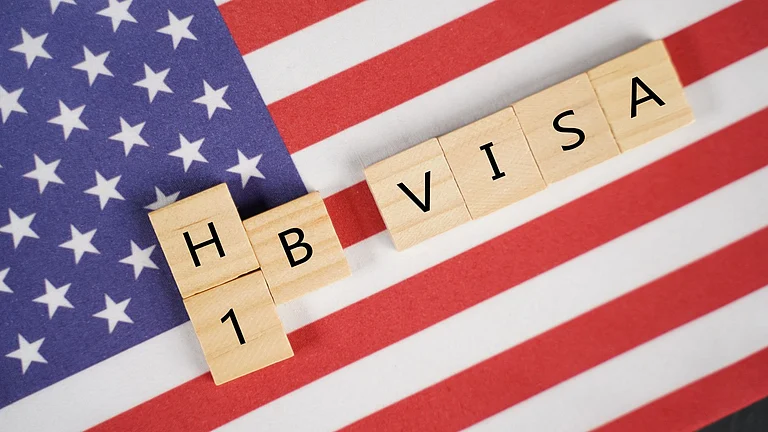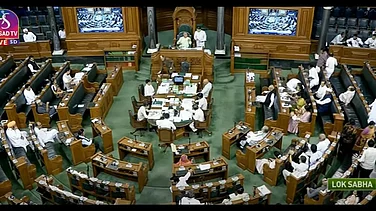
The new H-1B $100,000 fee applies to certain new petitions post-2025.
F-1, L-1 and current H-1B holders are exempt.
USCIS guidance ties fee rule to Trump's September policy changes.
The US Citizenship and Immigration Services (USCIS) issued detailed guidance on October 20 on the implementation of the controversial $100,000 H-1B visa fee, providing clarity to Indian professionals and US employers.
The update explained that only applications with a receipt showing “the fee has been submitted” can move forward, while others such as the student visa, might dodge the surcharge entirely.
The clarification comes a month after US President Donald Trump announced a presidential proclamation on September 19, which aimed to tighten the rules around H-1B visas and increase fees for certain applicants.
Who Are Exempted
The USCIS guidelines stated that existing visa holders, which include international students on F-1 visas and professionals on L-1 visas, are exempted from paying $100,000 when they apply for a change of status to H-1B.
However, if USCIS determines that an individual is ineligible for a change of status or an extension of stay, such as in cases where an application is denied, the employer will have to pay the $100,000 fee.
Who Must Pay
According to USCIS, the Proclamation applies to the new H-1B petitions filed on or after September 21, 2025. In addition, petitions for workers outside the United States without a valid H-1B visa; petitions requesting consular or port of entry notification for workers in the US; and petitions where a change of status or extension request is denied, will levy the H-1B Visa fee.
According to HT, the announcement comes as a major relief for Indian professionals as around 300,000 Indian workers currently in the US depend on H-1B visas. Indians make up roughly 70% of all new H-1B visa allocations, with Chinese nationals coming in second at 11% to 12%, reported HT, citing data from the US administration.
What’s H-1B Programme
According to the USCIS, the H-1B programme allows companies and other employers in the United States to temporarily employ foreign workers in occupations that require the theoretical and practical application of a body of highly specialised knowledge and a bachelor’s degree or higher in a directly related specific specialty (or its equivalent) as a minimum for entry into the occupation in the United States.
H-1B specialty occupations may include fields such as architecture, engineering, mathematics, physical sciences, social sciences, medicine and health, education, business specialties, accounting, law, theology and the arts.
Holding the H-1B temporary visa enables a high-skilled foreign national to work in the United States for a long term. As reported by Forbes, the H-1B annual limit is 65,000, with 20,000 exemptions for individuals with master’s degrees or higher from a US university.
In addition to government fees that can exceed $6,000, employers must pay the higher of the actual or prevailing wage paid to US professionals with similar experience and qualifications.


































